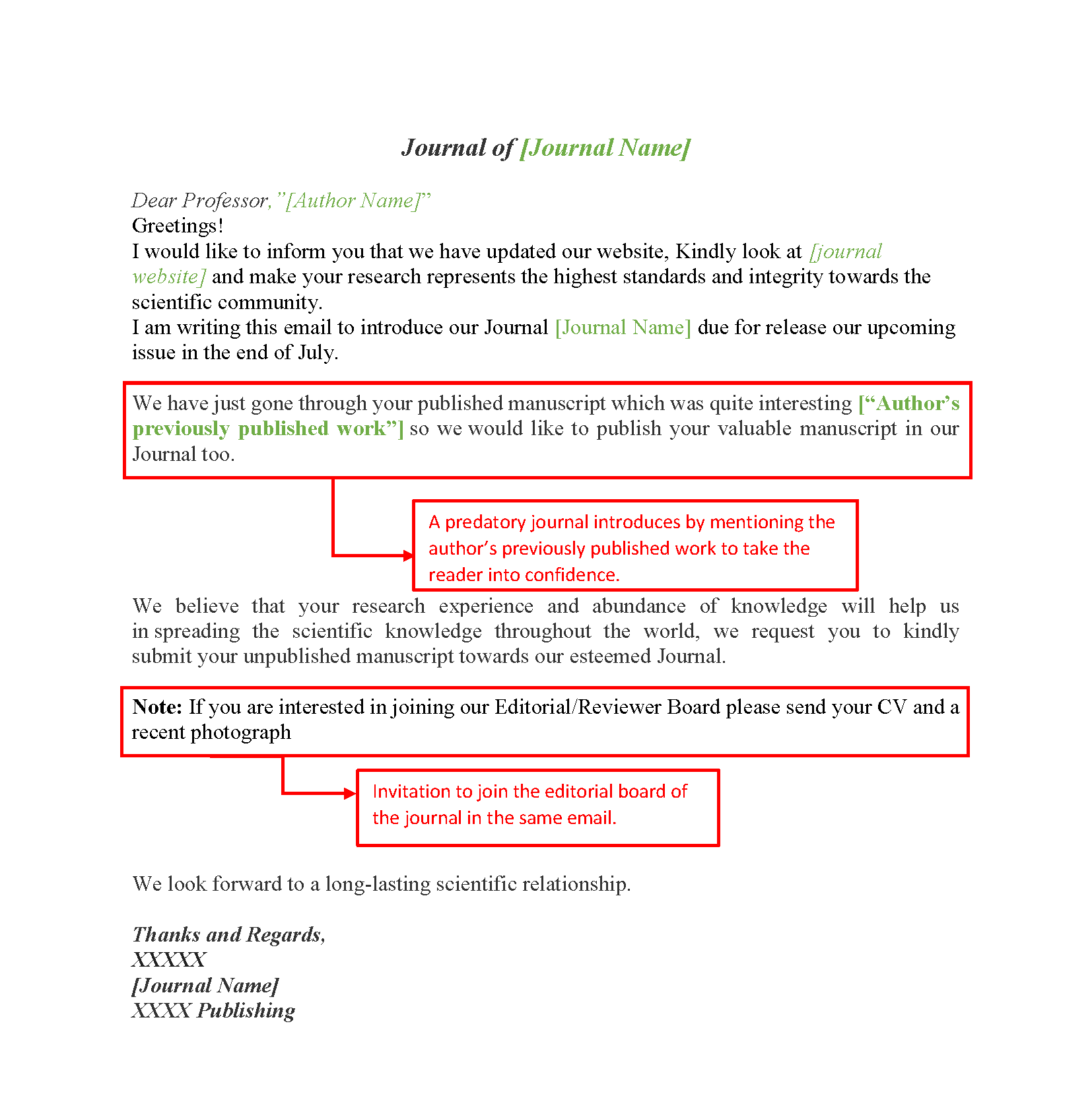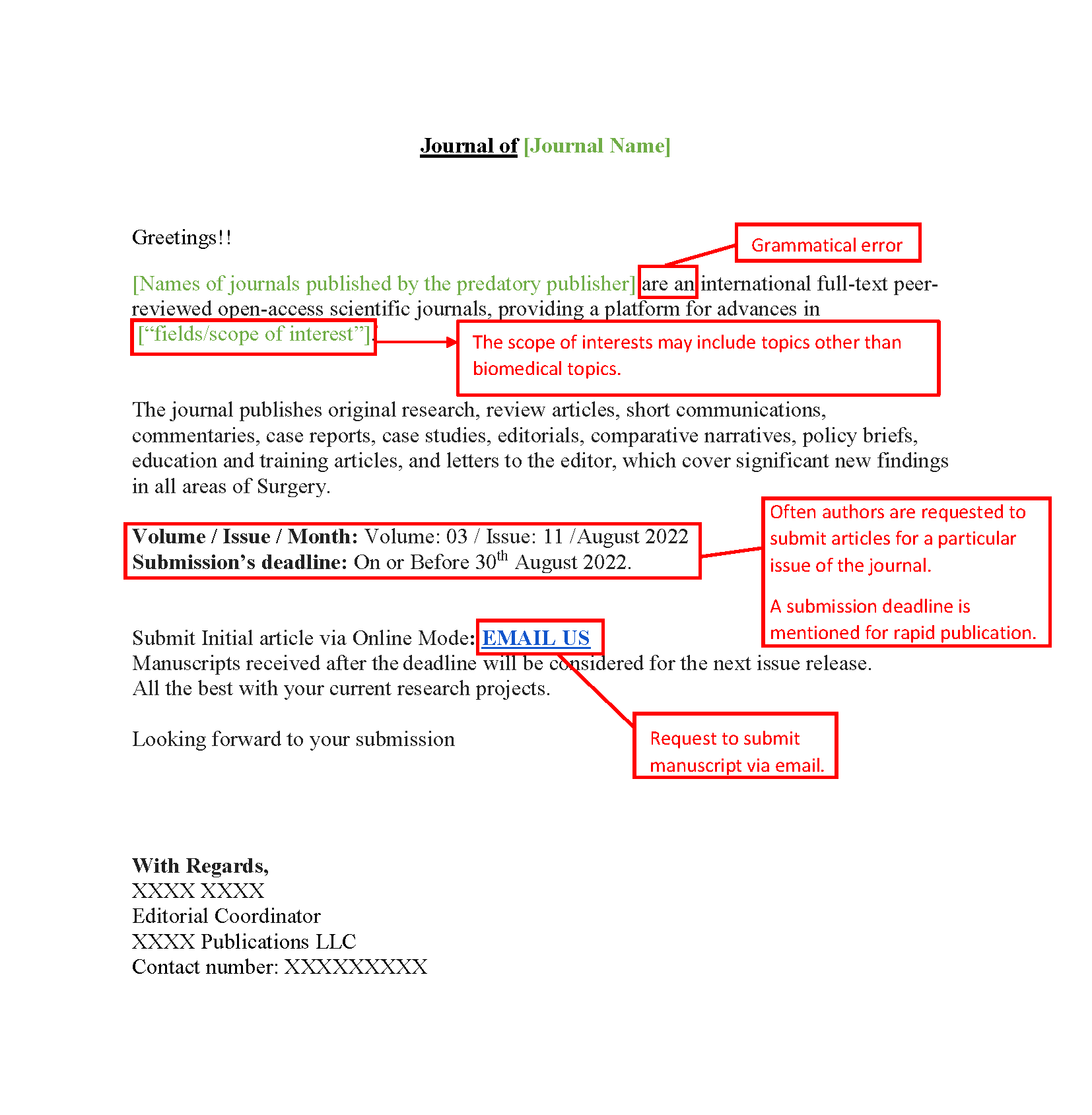Approaching Predatory Publishing: A guide for early career researchers

In the fast-paced world of biomedical research, early career researchers (ECRs) face increasing pressure to publish their work in reputable journals. However, amidst the competitive publishing landscape, a dark underbelly exists – predatory publishing. These counterfeit journals prioritize profit over scientific progress and have a detrimental impact on the integrity of research. ECRs, in particular, are vulnerable to falling into the trap of these deceptive journals. In this blog, we present a comprehensive guide to help ECRs recognize and avoid predatory publishing.
Identifying Features of Predatory Publishing
Predatory journals operate in a gray area, making it challenging to distinguish them from legitimate journals. To help ECRs navigate this treacherous terrain, we have summarized common identifying features associated with predatory publishing:
1. Lack of Transparency
Predatory journals often lack transparency in their peer review process and editorial board information. Reputable journals provide clear details about their review procedures and editorial team.
2. Unsolicited Invitations
Beware of unsolicited emails inviting you to submit your research. Predatory journals are known for aggressive spamming practices, while reputable journals rarely resort to such tactics.
3. Fast Publication Process
Predatory journals boast rapid publication times, promising quick acceptance and publication. Legitimate journals adhere to a thorough peer review process, which may take several months.
4. Article Processing Charges (APCs)
While legitimate journals may charge APCs for open-access publishing, predatory journals often exploit this model by charging exorbitant fees. Be cautious of journals demanding payment before peer review or guaranteeing publication upon payment.
Recognizing Deceitful Invitations
A study by Mercier et al. analyzed deceitful invitations from potential predatory journals and phony conferences sent to authors following their first publication. Some journals targeted authors based on their previous research interests and even offered them positions on the editorial board or as guest editors. ECRs must be vigilant when assessing emails and invitations to differentiate between predatory publishers and legitimate ones.


Guidance and Resources
To empower ECRs in their fight against predatory publishing, several resources and tools are available:
1. Rubrics for Journal Evaluation
The William H. Hannon Library developed a rubric to evaluate journal credibility. This questionnaire-based rubric guides researchers to consider specific criteria and score journals as good, fair, or poor. ECRs can use this tool to assess a journal’s authenticity.
2. Whitelists and Blacklists
Various organizations maintain whitelists of reputable journals and blacklists of predatory ones. Consulting these lists can aid ECRs in making informed decisions.
3. Think-Check-Submit Inventory
ECRs can use the “Think-Check-Submit” inventory, which provides simple and easily verifiable criteria to assess a journal’s suitability and authenticity for their research.
| Tentative ‘Red Flags’ | |
| Identifying a predatory journal |
|
| Submission process |
|
E-mails
|
|
The Need for Regulation
The proliferation of predatory journals calls for urgent regulation to safeguard the credibility of academic publishing. While established organizations like WAME, COPE, and CSE have laid out ethical guidelines, predatory publishers often disregard them for financial gain.
To address this, a comprehensive regulatory body could be established, building on existing resources like Beall’s list. This body could rank predatory journals based on defined criteria, report their article processing charges, and offer guidance to young researchers, especially in developing countries where they are most vulnerable.
Conclusion
As early career researchers venture into the world of academic publishing, they must remain vigilant against predatory journals. By recognizing identifying features, seeking mentorship, and utilizing resources, ECRs can protect their research and contribute to the credibility of scientific literature. Together, we can raise awareness and advocate for stringent measures to minimize the influence of predatory publishers and ensure the integrity and authenticity of research.
Co-Authors:
Vinay Suresh, Utkarsh Singh, Priyam Nayak, Aditi Shah – King George’s Medical University, Lucknow, India
Allama Prabhu- Bangalore Medical College and Research Institute, Bangalore, India









